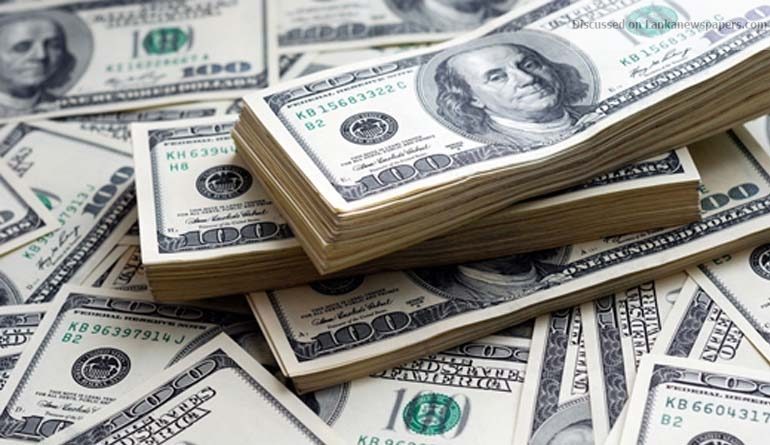Sri Lanka’s foreign exchange reserves experienced a marginal decline, reaching $5.649 billion in July 2024, down from $5.654 billion in June, according to official data.
In June, the central bank sold approximately $57 million in the interbank market following a surge in liquidity from strong dollar purchases and an increase in private credit. Data for July is not yet available.
Market participants noted dollar purchases on some days in August, with excess liquidity largely extinguished. Similar trends were observed in June and July 2023 after significant collections in previous months. Analysts highlighted that reluctance to maintain the exchange rate amidst pressure from excess liquidity-driven credit can lead to a confidence shock among market participants.
Despite these fluctuations, the central bank has managed to improve its net reserve position by collecting foreign reserves and paying down its borrowings under the current interest rate structure.
Sri Lanka’s gross foreign reserves encompass the central bank’s gross monetary reserves and government balances, typically comprising foreign loan receipts.
The central bank previously borrowed dollars to suppress rates until mid-2033. This followed rate cuts enforced through inflationary open market operations, which led to forex shortages. Central reserve sales that do not trigger rate increases necessitate additional money printing.
Inflationary operations targeting inflation as high as 5 percent, despite having a reserve-collecting central bank, have been warned by analysts to potentially reduce reserve collections and cause missed reserve targets if rate cuts are hastily implemented to target inflation.
